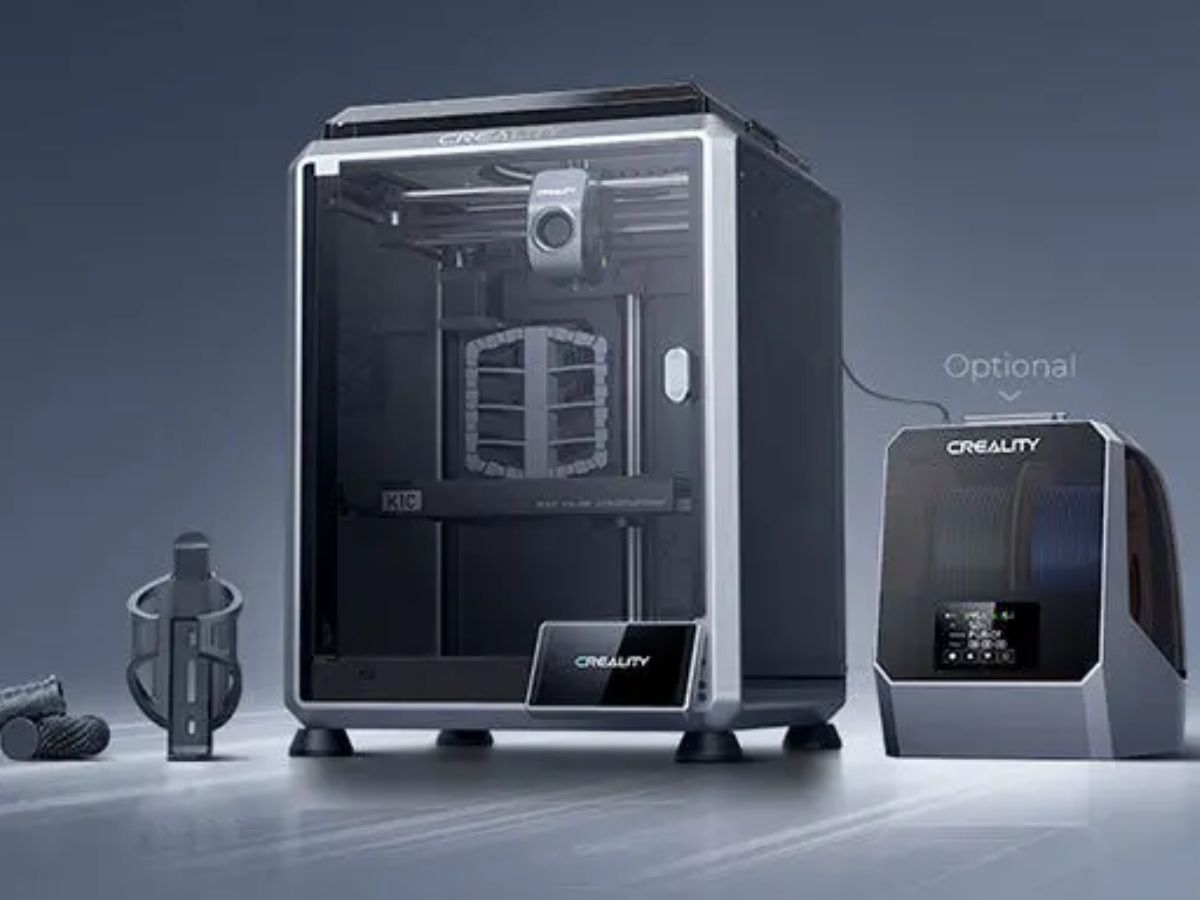From Prototyping to Production: The Versatility of FDM Printers
Fused Deposition Modeling (FDM) printers have become one of the most popular technologies in 3D printing. They are widely used by hobbyists, professionals, and industries alike to create prototypes, custom parts, and various other applications. Let’s explore the FDM printer’s workings, benefits, applications, and materials used in this printing process.
What is an FDM Printer?
FDM printers melt and extrude thermoplastic filaments, which are deposited layer by layer to create three-dimensional objects. The process begins with a digital 3D model designed using CAD (Computer-Aided Design) software. This model is then sliced into thin layers by slicing software, generating a set of instructions for the printer.
How FDM Printing Works
- Filament Loading: The process starts with loading the filament into the printer. Most FDM printers are compatible with a variety of thermoplastics, allowing for versatility in the types of objects that can be printed.
- Heating: The printer’s nozzle heats up to the melting point of the filament material, typically between 180°C to 260°C, depending on the type of filament being used.
- Extrusion: As the nozzle moves along the designated path, the melted filament is extruded onto the build platform. The filament quickly cools and solidifies, bonding to the layer below.
- Layering: The print head continues to deposit material layer by layer until the entire object is built. The printer’s movements are guided by the G-code generated by the slicing software, which dictates the precise movements and extrusion rates.
- Cooling: After printing, the object needs to cool down completely before removal. This step is essential to ensure that the object retains its shape and dimensional accuracy.
Benefits of FDM Printing
FDM printing offers several advantages, making it a preferred choice for many users:
1. Cost-Effective
FDM printers are more affordable than other 3D printers, such as Stereolithography (SLA) or Selective Laser Sintering (SLS). The cost of materials is also lower, with a wide range of thermoplastic filaments available at competitive prices.
2. Versatility
FDM printers can work with various thermoplastics, including ABS, PLA, PETG, and nylon. This versatility allows users to create objects with different properties, such as flexibility, strength, or heat resistance, making FDM printers suitable for numerous applications.
3. User-Friendly
FDM printers are generally easier to operate than other 3D printing technologies. Most entry-level models come with simple interfaces, making them accessible to beginners. Many printers also feature automatic bed leveling and filament detection, streamlining the printing process.
4. Large Build Volume
Many FDM printers offer significant build volumes, allowing users to create larger objects or multiple smaller parts in a single print job. This capability is particularly beneficial for prototyping and batch production.
Applications of FDM Printing
FDM printing has found applications in various industries thanks to its versatility and cost-effectiveness. Some notable applications include:
1. Prototyping
FDM printers are widely used for rapid prototyping, allowing designers and engineers to create functional models for testing and evaluation quickly. This accelerates the product development process, enabling companies to bring products to market faster.
2. Custom Parts Production
FDM technology enables the production of custom parts tailored to specific needs. Whether for aerospace, automotive, or consumer products, FDM printers can create parts that meet unique specifications.
3. Education and Research
Educational institutions use FDM printers for teaching design and engineering principles. Students can engage in hands-on projects, fostering creativity and innovation in the classroom.
4. Art and Design
Artists and designers utilize FDM printers to create intricate sculptures, jewelry, and other artistic pieces. The ability to produce complex geometries and customize designs opens up new creative avenues.
Whether you are a hobbyist, engineer, or artist, FDM printers offer an accessible entry point into the world of 3D printing. As the industry evolves, we may even see advancements in materials, such as TPU, which could further enhance the capabilities of FDM technology, allowing for the production of flexible and durable parts.
Conclusion
FDM printers have revolutionized the world of 3D printing, providing users with a cost-effective, versatile, and user-friendly solution for a wide range of applications. As technology continues to advance, FDM printers are becoming increasingly capable, expanding their potential uses in various industries.














Post Comment